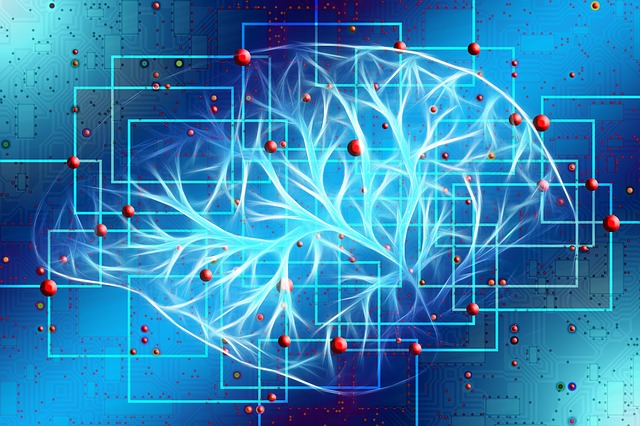Control of spin qubits at near absolute zero provides path forward for scalable quantum computing
Developing technology that allows quantum information to be both stable and accessible is a critical challenge in the development of useful quantum computers that operate at scale. Research published in the journal Nature provides a pathway for scaling the number of quantum transistors (known as qubits) on a chip from current numbers under 100 to


